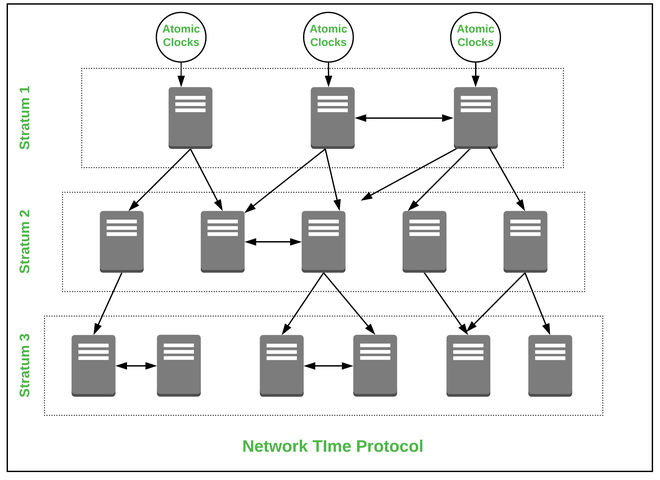Comprehensive Guide to Network Time Distribution (NTP)

About Course
In today’s interconnected world, precise timekeeping is not just a technical requirement—it’s a mission-critical function. From financial transactions to cloud computing and IoT ecosystems, accurate time synchronization enables security, coordination, and efficiency across the digital landscape. This comprehensive course on Network Time Protocol (NTP) takes you deep into the pulse of modern networking, showing you how time—when distributed with precision—can empower innovation and operational integrity.
Whether you’re an engineer ensuring microsecond precision in trading systems or an IT administrator managing time-sensitive cloud infrastructure, this course demystifies the inner workings of NTP and its evolution into Software-Defined Radio (SDR) and secure implementations like NTS. You’ll learn not just the “how,” but also the “why” behind network time distribution, discovering how it supports compliance, enhances cybersecurity, and enables futuristic technologies like quantum timekeeping.
Course Content
Module 1: Understanding NTP Fundamentals
Time Synchronization’s Impact on Various Industries
00:00Necessity of Accurate Time Distribution
00:00